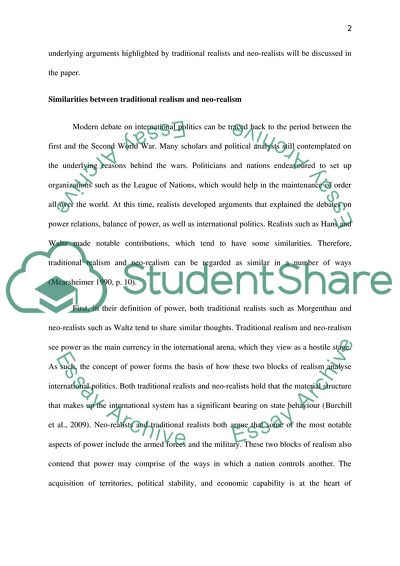Cite this document
(“In what ways is Neo-realism similar to traditional Realism Essay”, n.d.)
In what ways is Neo-realism similar to traditional Realism Essay. Retrieved from https://studentshare.org/history/1454047-in-what-ways-is-neo-realism-similar-to-a-traditionalatm-realism
In what ways is Neo-realism similar to traditional Realism Essay. Retrieved from https://studentshare.org/history/1454047-in-what-ways-is-neo-realism-similar-to-a-traditionalatm-realism
(In What Ways Is Neo-Realism Similar to Traditional Realism Essay)
In What Ways Is Neo-Realism Similar to Traditional Realism Essay. https://studentshare.org/history/1454047-in-what-ways-is-neo-realism-similar-to-a-traditionalatm-realism.
In What Ways Is Neo-Realism Similar to Traditional Realism Essay. https://studentshare.org/history/1454047-in-what-ways-is-neo-realism-similar-to-a-traditionalatm-realism.
“In What Ways Is Neo-Realism Similar to Traditional Realism Essay”, n.d. https://studentshare.org/history/1454047-in-what-ways-is-neo-realism-similar-to-a-traditionalatm-realism.


